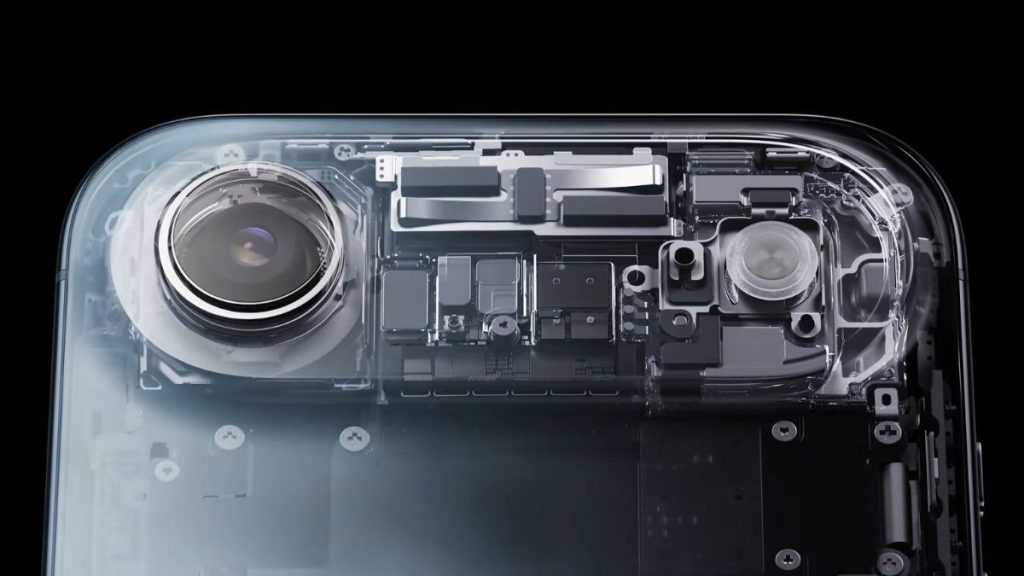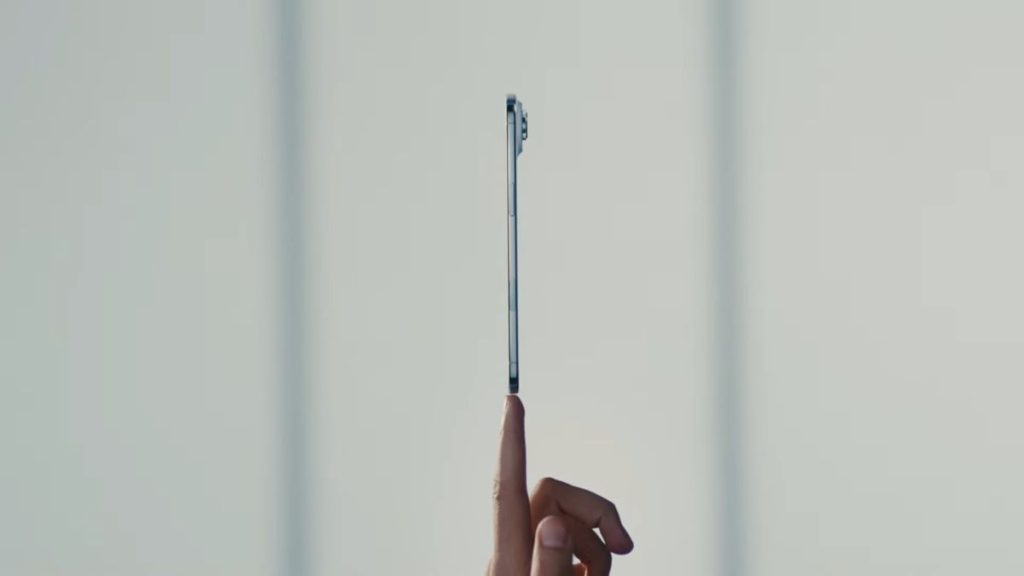Apple has done what many thought impossible: creating a fully functional smartphone just 5.6 millimeters thick.
Unveiled today during the company’s annual keynote, the iPhone Air is a technical marvel that could change the way we use smartphones. Cupertino engineers completely redesigned the phone’s internal architecture. Their clever solution? Using the camera bump to house part of the electronics, freeing up crucial space in the main body for a properly sized battery.
Durability Is Not Compromised
Concerns about the sturdiness of such a thin device are understandable, but Apple responds with concrete solutions. The new Ceramic Shield, extended to the back of the phone for the first time, quadruples crack resistance. This material upgrade reflects lessons learned from previous generations.
The 6.5-inch ProMotion display retains all premium features, including a variable refresh rate of up to 120 Hz and a peak brightness of 3,000 nits. Apple is now bringing technologies previously reserved for its most expensive models to a broader audience.
Crucial Energy Efficiency
Photography Compromises Acknowledged

Modernized Connectivity
A Premium Positioning That Raises Questions
Starting at $1,449 with 256 GB of storage, the iPhone Air clearly targets the ultra-premium segment. The four available colors, Space Black, Light White, Sky Blue and Gold, remain within Apple’s classic palette.
This strategy raises questions. Apple is focusing on thinness as a differentiator rather than camera performance or raw power. It remains to be seen whether consumers, accustomed to more conventional upgrades, will embrace this approach. The iPhone Air may signal the future of smartphones or be an expensive experiment. The market will decide.





